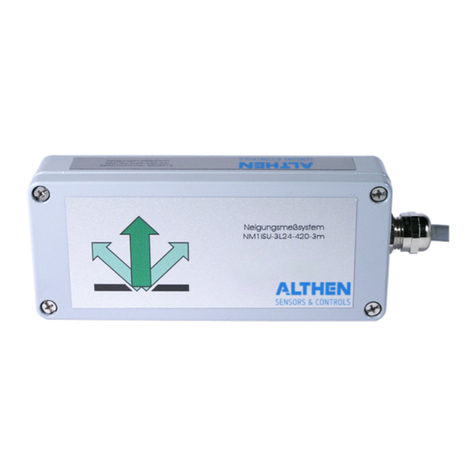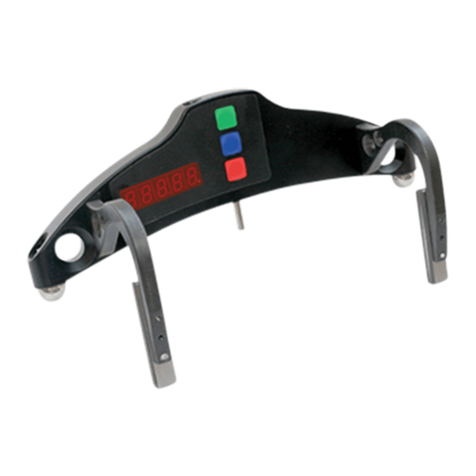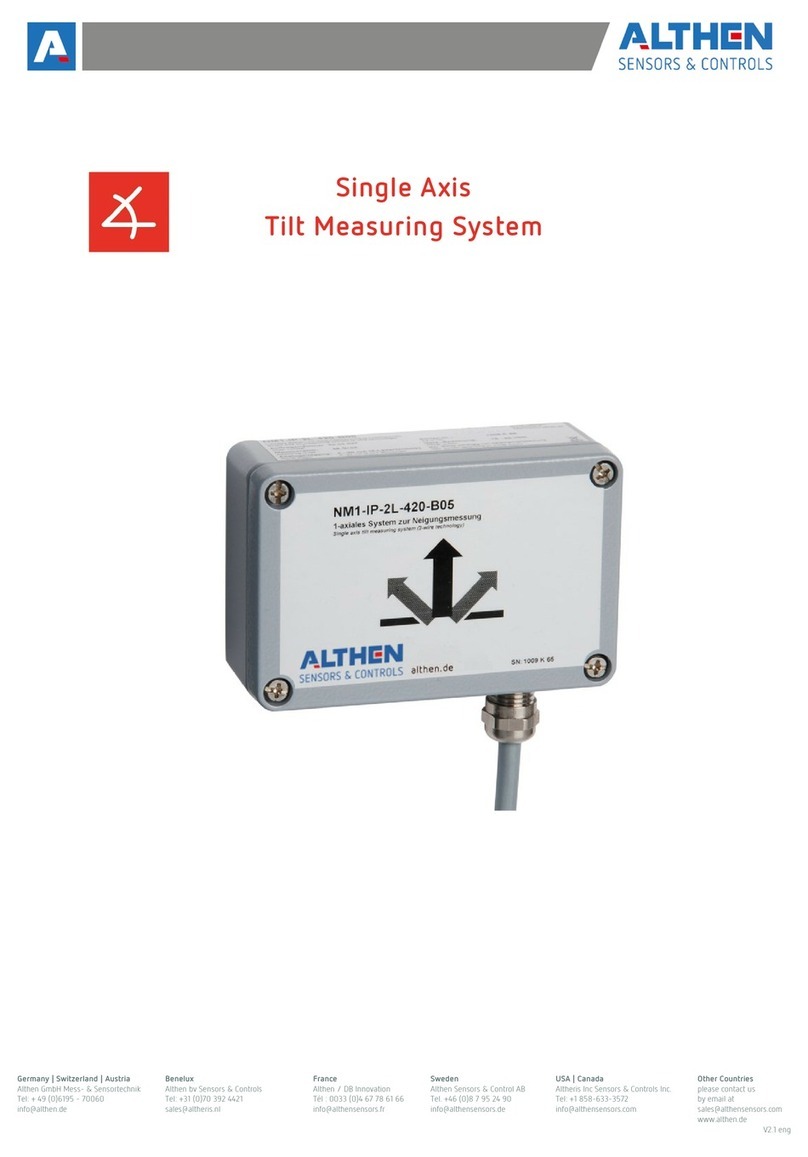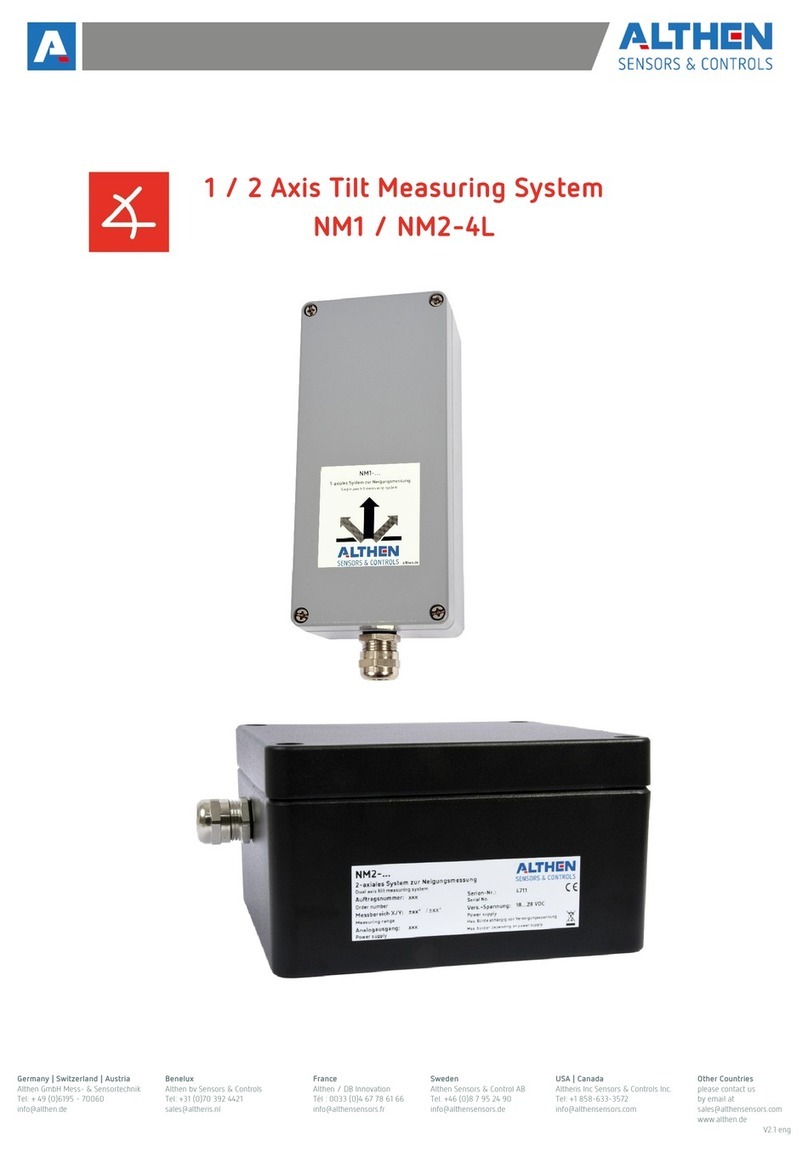
1. Safety precautions ...................................................................................................................….……………........4
2. Electromagnetic compatibility...................................................................................................….…………........4
3. Laser safety.............................................................................................................................….…….………...........4
3.1. Class 3B sensors......................................................................................….…….……….............................4
3.2. Class 3R sensors ..................................................................................................….…..………...................5
3.3. Class 2 sensors ........................................................................................................….……………..............5
3.4. Class 1 sensors ......................................................................................................….…………….................5
4. General information...........................................................................................................….…..……….................6
5. Basic technical data ........................................................................................….…..………...................................6
6. Example of item designation when ordering .....................................................….….…................................7
7. Structure and operating principle .........................................................................….….……..............................7
8. Dimensions and mounting......................................................................................….…………............................8
8.1. Overall and mounting dimensions ....................................................................….……….......................8
8.2. Mounting of the sensors for mirror surface control.....................................….……..........................9
8.3. Overall demands for mounting ......................................................................................….………...........9
9. Connection ...............................................................................................................................….……………….........9
9.1. Designation of connector contacts .........................................................….……….................................9
9.2. Cables..................................................................................................................….……..………....................10
10. Configuration parameters.............................................................................................….…..………....................11
10.1. Time limit for integration ..................................................................................….….……….....................11
10.2. Sampling mode.......................................................................................................….….….………..............11
10.3. Sampling period.......................................................................................................….……………...............11
10.4. The point of zero..........................................................................................….…….……….........................12
10.5. Line AL operation mode ......................................................................................….….………..................12
10.6. Time lock of the result ..........................................................................................….….….…….................13
10.7. Method of results averaging ......................................................................….…………............................13
10.8. Number of averaged values/time of averaging ...........................................….……..........................13
10.9. Factory parameters table......................................................................................….….………..................13
11. Description of RS232 and RS485 interfaces ..........................................................….….….….........................14
11.1. RS232 port ..........................................................................................................….……..….……...................14
11.2. RS485 port ..................................................................................................….…….….……............................14
11.3. Modes of data transfer.......................................................................................….….…..……....................14
11.4. Configuration parameters..................................................................................….….…..……...................14
11.4.1. Rate of data transfer through serial port..........................................….…….............................14
11.4.2. Net address.........................................................................................….…….………..........................14
11.4.3. Factory parameters table..........................................................................….…..…….....................14
11.5. Interfacing protocol .......................................................................................….…….………........................15
11.5.1. Serial data transmission format ......................................................….………..............................15
11.5.2. Communication sessions types .........................................................….………............................15
11.5.3. Request.......................................................................................................….……………....................15
11.5.4. Message ..................................................................................................….…………….......................15
11.5.5. Answer .....................................................................................................….…………….......................15
11.5.6. Data stream ............................................................................................….……………......................16
11.5.7. Output Rate....................................................................................................….…..…..……...............16
11.5.8. Request codes and list of parameters ..................................................….….….........................16
12. Description of CAN interface..........................................................................................….….…………................16
12.1. Modes of data transfer............................................................................................….….….……...............16
12.2. Configuration parameters...................................................................................….…………....................16
12.2.1. Data transmission rate via CAN interface..................................................….……....................16
12.2.2. Identifiers .............................................................................................................….…………….........16
12.2.3. Factory parameters table...........................................................................….…………..................17
12.2.4. Format of transmitted data.......................................................................….………......................17
13. Description of Ethernet interface..........................................................................................….…….……...........17
13.1. Modes of data transfer..............................................................................................….……………............17
13.2. Factory parameters table.........................................................................................….…………….............17
13.3. Data packet format .......................................................................................................….……………..........17
13.4. Data structure ...............................................................................................................….……………...........18
14. Analog outputs ..................................................................................................................….………………..............18
Page 2/34
Contents
































